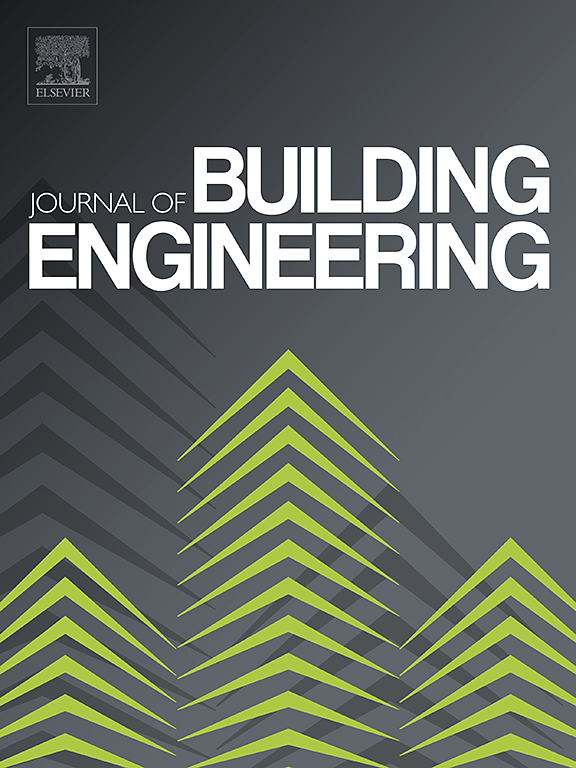Enhancing concrete microstructure with carboxymethyl cellulose (CMC) and microcrystalline cellulose (MCC): A comprehensive characterization using FTIR, TGA, and XRD
IF 6.7
2区 工程技术
Q1 CONSTRUCTION & BUILDING TECHNOLOGY
引用次数: 0
Abstract
This study examines the effects of carboxymethyl cellulose (CMC) and microcrystalline cellulose (MCC) on the microstructural properties of concrete through Fourier Transform Infrared Spectroscopy (FTIR), Thermogravimetric Analysis (TGA), and X-Ray Diffraction (XRD) techniques. Concrete mixtures with varying proportions of CMC and MCC were prepared to investigate alterations in functional groups, thermal stability, and crystalline phase structure. The FTIR spectra exhibited peak shifts, intensity variations, and structural changes with increasing additive content in the ranges of 3780–3350 cm-1 (O–H), 1794–1625 cm-1 (C=O), and 1451–708 cm-1. TGA and differential thermogravimetric (DTG) analyses revealed that with increasing additive content, decomposition temperatures rose from 433°C to 453°C, while total mass loss increased from 3.34% to 6.05%, indicating modifications in thermal stability. XRD analysis showed that the incorporation of CMC and MCC enhanced crystallinity from 52.42% to 82.60%, with the dominant phases identified as quartz (SiO2), portlandite (CH), and calcium silicate hydrate (C–S–H). The highest crystallinity value, 82.60%, was recorded in the CMC050 sample.
求助全文
约1分钟内获得全文
求助全文
来源期刊

Journal of building engineering
Engineering-Civil and Structural Engineering
CiteScore
10.00
自引率
12.50%
发文量
1901
审稿时长
35 days
期刊介绍:
The Journal of Building Engineering is an interdisciplinary journal that covers all aspects of science and technology concerned with the whole life cycle of the built environment; from the design phase through to construction, operation, performance, maintenance and its deterioration.
 求助内容:
求助内容: 应助结果提醒方式:
应助结果提醒方式:


